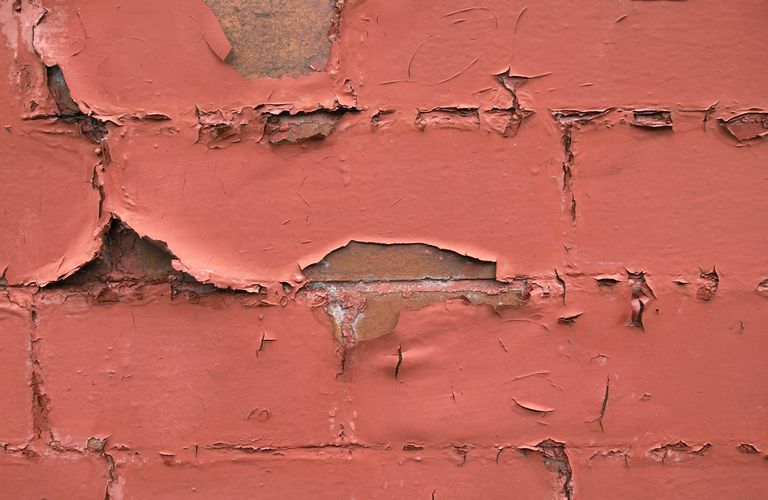
There are several techniques you can use to remove prior paints and stains. These are few that may work for you. If at all you don’t feel comfortable taking this job on, contact Wichita Paint Pros. They’re the experts in all things painting in Wichita, KS. We cannot recommend them enough.
Scraping
One often used method for flat surfaces is scraping. Make sure your scraper/putty knife is sharp. Apply even pressure throughout the process, scraping at a ninety degree angle in one direction. Be sure to get in corners. Be gentle, applying some pressure. Too much pressure will sometimes hurt wood that may be underneath the paint.
You can scrape off paint from metal surfaces as well using a two-hands scraper. Sand the area afterwards with medium grit sandpaper for smoothness. Always wear protective gear such as goggles, face masks, and eye goggles to prevent dust and paint from getting on the skin, in the lungs, or in the eyes. This is extremely important as it is hazardous to your health.
Wire Brushing
For surfaces that are not so smooth, a stiff metal brush can do the trick. If you are using a power wire brush, be careful with it, using it only on those very stubborn areas. Once again, keep yourself protected with preventative wear.
Sanding
Always sand after scraping to ensure smoothness of the area. If the area is wood or steel, you can use a power sander for the job. This can save time over large areas. However, do NOT power sand bricks, aluminum, or plastics.
Power Washing
High pressure water is great for lifting old paint. Stay away from using bleaches and other harsh chemical cleaners since they can affect the paint placed over the area. When power washing, hold the sprayer 6 – 8 inches away from the surface, and only spray in a horizontal or downward angle. If sprayed upwards, water can take siding off.
Chemical Removal
There are solvent-based removers that will take off most oil-based and latex paints, primers, and stains. About 2-3 square feet at a time is covered with the chemical, using a natural bristle brush. Check the label on the chemical to see how long it should sit on the paint for. Then remove the paint with a scraper/putty knife. Feel free to repeat this process if necessary and then clean the area with a towel. It is important to note that steel wool will discolor the surface and therefore should not be used. These chemicals should on be used on upright surfaces, such as trims and moldings. Do NOT apply chemicals to ceilings or other face-down surfaces as chemicals can drip down onto you.
When you use these strippers, cover floors, plants and anything else that could be affected by the chemicals. As always, and especially with this method, protect the eyes, skin, and mouth with protective wear.
Heat Gun
Heat guns can remove older stains and paints but can be dangerous to use. Put down a drop cloth and keep the drop cloth damp the entire time. You should also mist the building where you will be working. When the old paint begins to soften, it can be removed with a scraper/putty knife. Place all the hot pieces into a metal container. Do NOT use a plastic container or garbage bag, as these pieces will be hot and can burn through the container. Again, and definitely for this project, be cautious! Cover the skin, hands, eyes and mouth! SAFETY FIRST!
